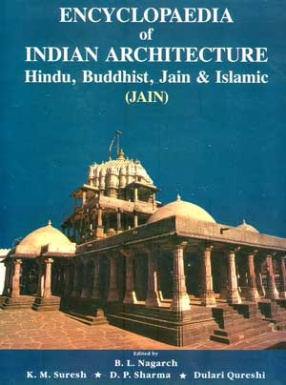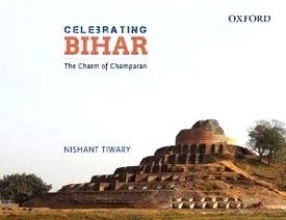Pauranic Prana-aesthetics, a finer shade different from that of Vitalistic aesthetics (the earlier having breathing-rhythm of "Ksaya-Vrddhi"–diminuation and augmentation–other than the latter’s emphasis only on the rhythm of augmentation), has been delineated in this study with examples from the world’s two of the best art-monuments: Ajanta (India), now not remaining unknown even to the most casual connoisseur, and Sopocani (Yugoslavia), the most significant and monumentally beautiful work of Byzantine art. Tracing Prana-aesthetics as the aesthetics of inner-light coded in the creeper-motif by the artists of Ajanta, this work emphasises decoding of the creeper-motif by Byzantine artists culminating into the frescoes of Sopoc’ani done in Hellenistic-Byzantine aesthetics beatified by Hesycast meditation to which that of Buddhists was not unknown. Comparisons of various determinant aspects, aesthetics and artistic denominators, and constraints not allowing similar consummation are properly investigated to substantiate the thesis that Prana-aesthetics transfigures at Ajanta but transubstantiates at Sopoc’ani. The significance of the anabolic aspects of this aesthetics is highlighted especially as a way out from the reductivistic tendencies of the present day visual-arts straining them upto the stage of catabolic dissolution.
Encyclopaedia of Indian Architecture: Hindu, Buddhist, Jain & Islamic: Jain
This volume of the work ...
$200.70
$223.00




There are no reviews yet.